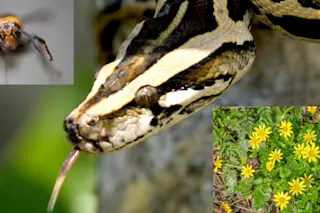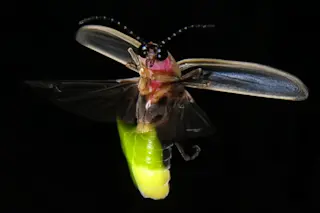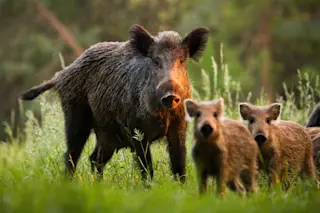Burmese Pythons! Northern Giant Hornets! Fig Buttercups! Okay, not all invasive species sound frightening. But all of them destabilize ecosystems, threaten native species, and/or spread pathogens. That’s why, in honor of Invasive Species Awareness Week, we are sharing ways that you can join researchers identifying, monitoring and controlling the most destructive exotic species.
Kudzu, and other invasive vines like English ivy and porcelain berry, take hold along forest borders, climbing up trees and eventually smothering them to death. (Photo: Alabama Extension, Bruce Dupree)
Invasive vines like kudzu and English ivy rapidly cover and smother native trees to death. Other exotic plants crowd out important native plants, and some are toxic to local flora and fauna. Nature's Notebook has several campaigns, including Pesky Plants and Shady Invaders, where you help scientists monitor invasive plants. They also offer Pest Patrol, to track invasive insects that threaten native trees.
The yellow fever mosquito ...














